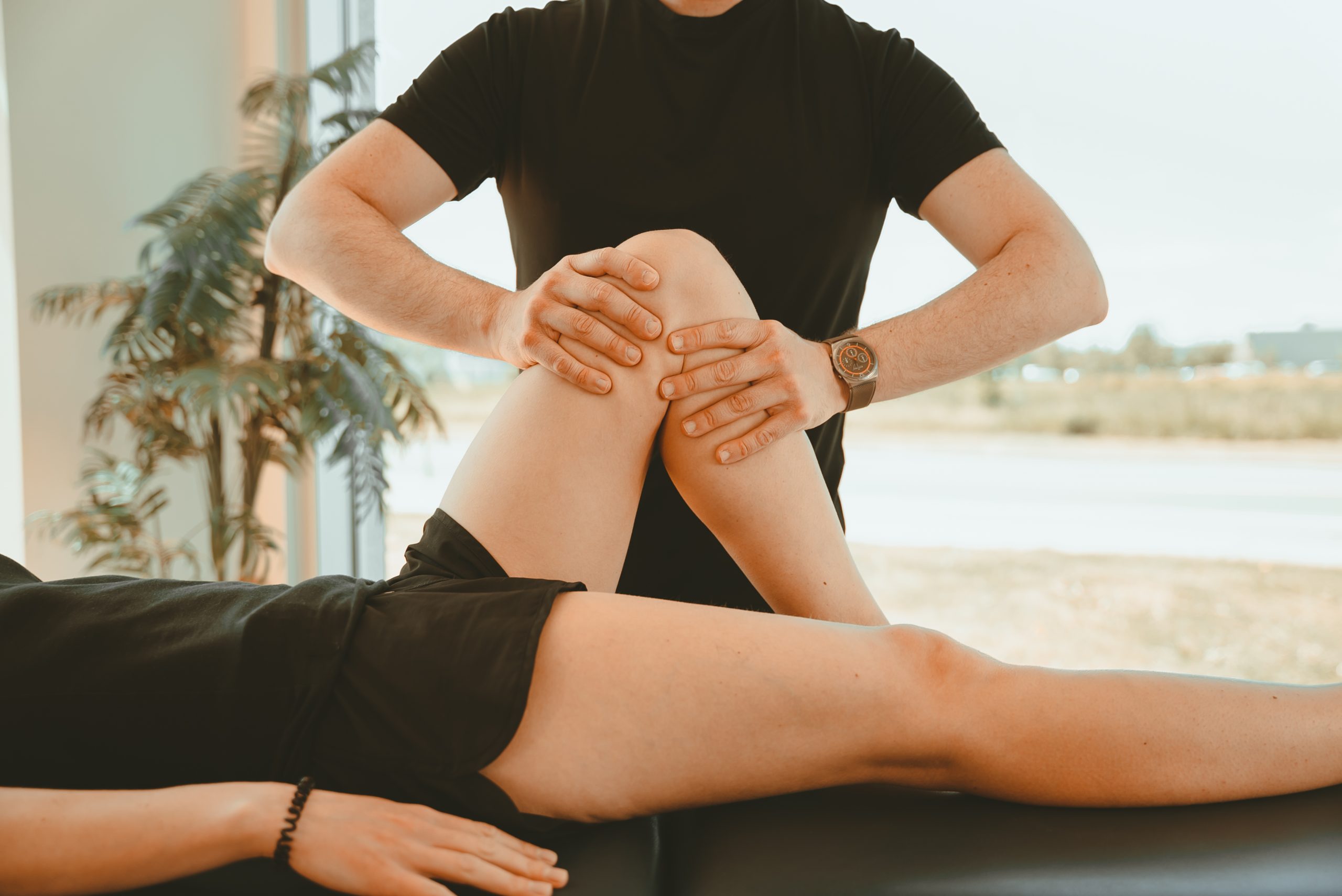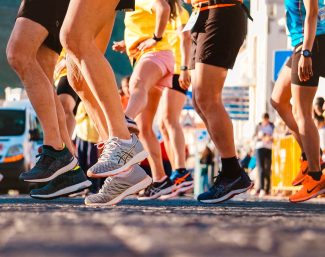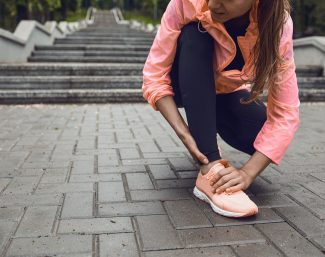
A common injury among athletes… and others!
Did you hear a “pop” in your knee, followed by quick swelling and a feeling of instability after a wrong move? You may have an ACL tear, the anterior cruciate ligament. This injury is well known in the sports world, especially in soccer, skiing, basketball, and football. But it can also happen in everyday life after an accident, or a fall.
The ACL is a crucial ligament that stabilizes the knee during rotation or direction changes. When it’s torn, even partially, it can affect your mobility and quality of life. The good news? There are effective solutions!
How to recognize an ACL tear?
An ACL tear usually comes with various signs:
- A popping sound or sensation at the moment of injury
- Sudden knee pain
- Rapid swelling, often within hours of the trauma
- Feeling that your knee is unstable or “loose”
- Trouble putting weight on the injured leg
- Inability to fully straighten your knee
These symptoms don’t always confirm the injury, but they should prompt you to consult a healthcare professional quickly. A doctor or physiotherapist can do a clinical evaluation and, if needed, recommend an MRI to confirm the diagnosis.
What to do after an ACL tear
From the first signs of injury, act quickly to limit damage and start recovery.
1. Active Rest, Ice, Compression, and Elevation (RICE)
As soon as the injury happens, use the RICE method:
- Active Rest: Keep moving within your pain tolerance. Listen to your body, and if the pain is acute, avoid putting weight on the injured knee.
- Ice: Apply ice for about 15 minutes several times a day. Ice is a very good pain reliever if you are experiencing a lot of pain.
- Compression: Use a compression bandage to reduce swelling.
- Elevation: Raise your leg to help local blood circulation.
These simple gestures help control pain and swelling while you wait for a professional assessment.
You may also benefit from using crutches until your condition is assessed, and a knee brace from the pharmacy to stabilize the joint.
2. Consult a professional quickly
A doctor or physiotherapist will assess the severity of the injury. If an ACL tear is suspected, specific tests will be done. An MRI can confirm the diagnosis. While it’s not always necessary for rehab, it’s recommended if surgery is being considered or if conservative rehab isn’t progressing.
3. Start physiotherapy as soon as possible
Even without surgery, physiotherapy plays a key role from the early recovery stages:
- Reduce inflammation
- Restore joint mobility
- Activate stabilizing muscles around the knee
- Prevent strength and independence loss
Your physiotherapist will adapt exercises to your pain level, stability, and both short and long term goals.
Surgery or not? What you should know
Once an ACL tear is confirmed, surgery is not always necessary. Factors to consider:
- Knee stability: If your knee stays stable on a daily basis, physiotherapy alone may be enough. With frequent instability, surgery is often recommended.
- Activity level: For pivot-heavy sports like soccer or skiing, surgery is generally advised. For a more sedentary lifestyle or depending on the type of sport, conservative treatment may suffice.
- Age and overall health: Surgery requires a long, demanding rehab process. Health status and motivation matter too.
Many ACL tears can be successfully managed through physiotherapy without ever needing surgery. Every case is different, and treatment choices depend on your goals and recovery progress.
Whatever the option, physiotherapy is essential for regaining strength, stability, and mobility, while reducing the risk of complications or reinjury.
How long does ACL recovery take?
Recovery time depends on factors such as treatment type, injury severity, commitment to physiotherapy, level of fitness, etc.
Without surgery
If the knee is stable and goals are moderate, conservative care may be enough.
- Duration: about 3 to 6 months
- Physio goals: reduce pain, restore mobility, strengthen stabilizing muscles, and gradually return to activities.
With surgery
ACL reconstruction takes longer and follows a structured rehab process.
- Duration: about 9 to 12 months for full return to sport
- Phases:
- Pain and swelling management
- Strengthening and proprioception
- Sport-specific movement reintroduction
In summary
An ACL injury is common, but with the right care, full recovery and return to activity are absolutely possible. At Ekinox, our physiotherapists offer personalized, human-centered treatment tailored to your goals.
👉 Injured your knee? Diagnosed with an ACL tear?
Contact us today to book an evaluation and start your optimal rehab journey.





